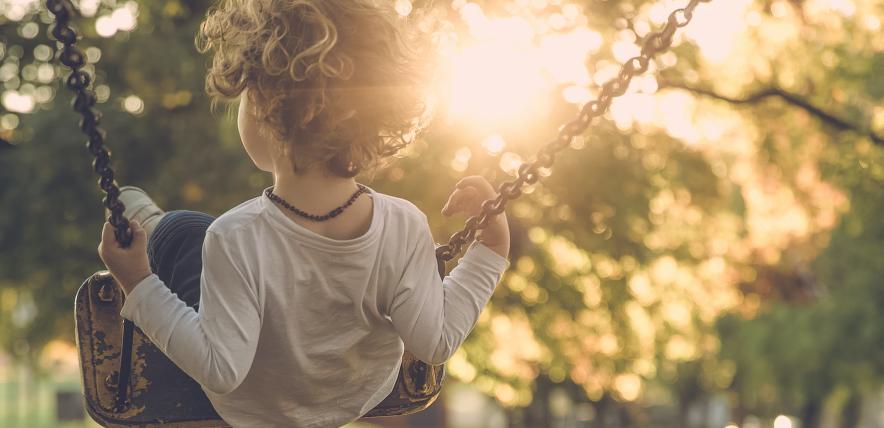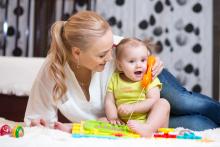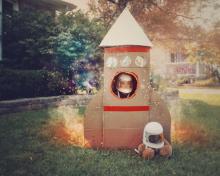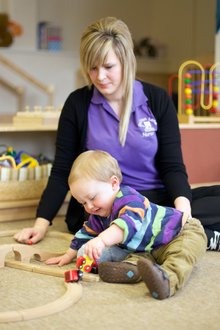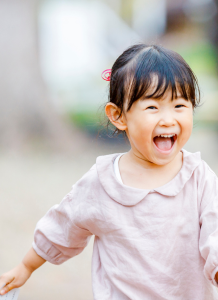As a parent or carer of young children, you've no doubt spent many hours sitting or standing in a playground watching your child play or pushing them on a swing.
While playgrounds are great to get children playing outside they actually have a range of benefits for their development — not just physical and social, but their cognitive and emotional development too.
Unexpected physical benefits
Playgrounds offer a range of physical benefits to children, including weight management and the development of muscles they don’t use in their regular day-to-day activities.
But did you know that playgrounds also support more mechanical and restorative physical aspects of child development?
- Certain equipment, such as the swings and climbing frames, help children develop advanced balancing skills and improve their equilibrium for surer footedness.
- Exposing them the daylight helps their circadian rhythms stabilise and better support the development of melatonin (the sleep hormone) for stronger routines ad improved sleep patterns.
- Playing outside in playgrounds and nature exposes them to more organic bacteria and microbes, which can help them develop a more robust immune system and an advanced microbiome.
Playgrounds provide children with the opportunity to develop their complete physical selves, so they should be encouraged to take part when they can.
The emotional and cognitive benefits of playgrounds
While the physical benefits of playgrounds may be easier to see, there are many emotional and cognitive learning opportunities, too.
We all know that children can develop many mental health issues, just like adults, but the methods we use to treat them may not be as easy for a child.
Anxiety, self-esteem and introversion are all common issues a child may have, and a playground gives them a safe space to confront those feelings without judgement or expectation.
They can choose to get involved with the other children playing in the castle, or they can choose to observe and learn how they can socialise before they take the first brave steps.
Similarly, they can play by themselves on the swings or slides to reduce their anxiety as they don’t need any help from others to accomplish that (though the kit is designed to encourage engagement and communication).
Finally, they can give their self-esteem a boost on the playground by being brave enough to try a new piece of equipment or by making a new friend.
The point is that the playground gives them options. They don’t have to do anything they don’t want to, but if they choose to act, it's almost certain they will experience a benefit.
On the cognitive side of things, these pieces of playground kit are also brilliant at developing problem-solving skills, increasing creativity, and encouraging critical thinking.
Do too many children want to play in the castle? The children can work together to create a game and solve the problem. Does everyone want to go on the slide? Well, they’ll all have to queue and wait their turn, right?
The social and educational benefits of playgrounds
When your child is new to a setting, or you’re on holiday and want your children to make new friends quickly, you encourage them to visit the playground, right?
This is because they are designed to encourage engagement and collaboration and to facilitate independent play.
For example, the castle and climbing frames result in children making up games together, competition often breaks out on the swings to see who can go the highest, and they also take turns on the slide and wait patiently for the next go – before they know it, they have a new friend.
As for the educational benefits of playgrounds, it’s all about learning to be brave and patient and experiencing things like excitement, fear, and nervousness for the first time. There are also pieces of kit specifically designed for educational purposes like big magnifiers, storybook corners and sensory play kits.
What equipment is best for learning?
When deciding what kit is the best for learning, it all depends on what you want the child to learn. Some need social development, and others need physicality, so here are some options:
1. For improved physicality
Consider pieces like climbing frames, rope bridges and trim trails which are often adventure or obstacle-course themed to get them moving their under-used body parts.
2. For improved education
Check out the activity panels at the playground such as noughts and crosses, chalkboards, map boards and more. They’re created to make learning fun and encourage learning outside the classroom. Outdoor classrooms and reading corners are an option for this kind of learning.
3. For improved creativity
Pieces like castles, forts and multiplay kits are ideal for this as the children have to come up with the scenarios to make these pieces more exciting and come to life. They also help boost cooperation and communication between the children.
At the end of the day, every piece of playground equipment can help a child develop and learn something in some way.
It’s just up to them to get excited and involved if they want to.

